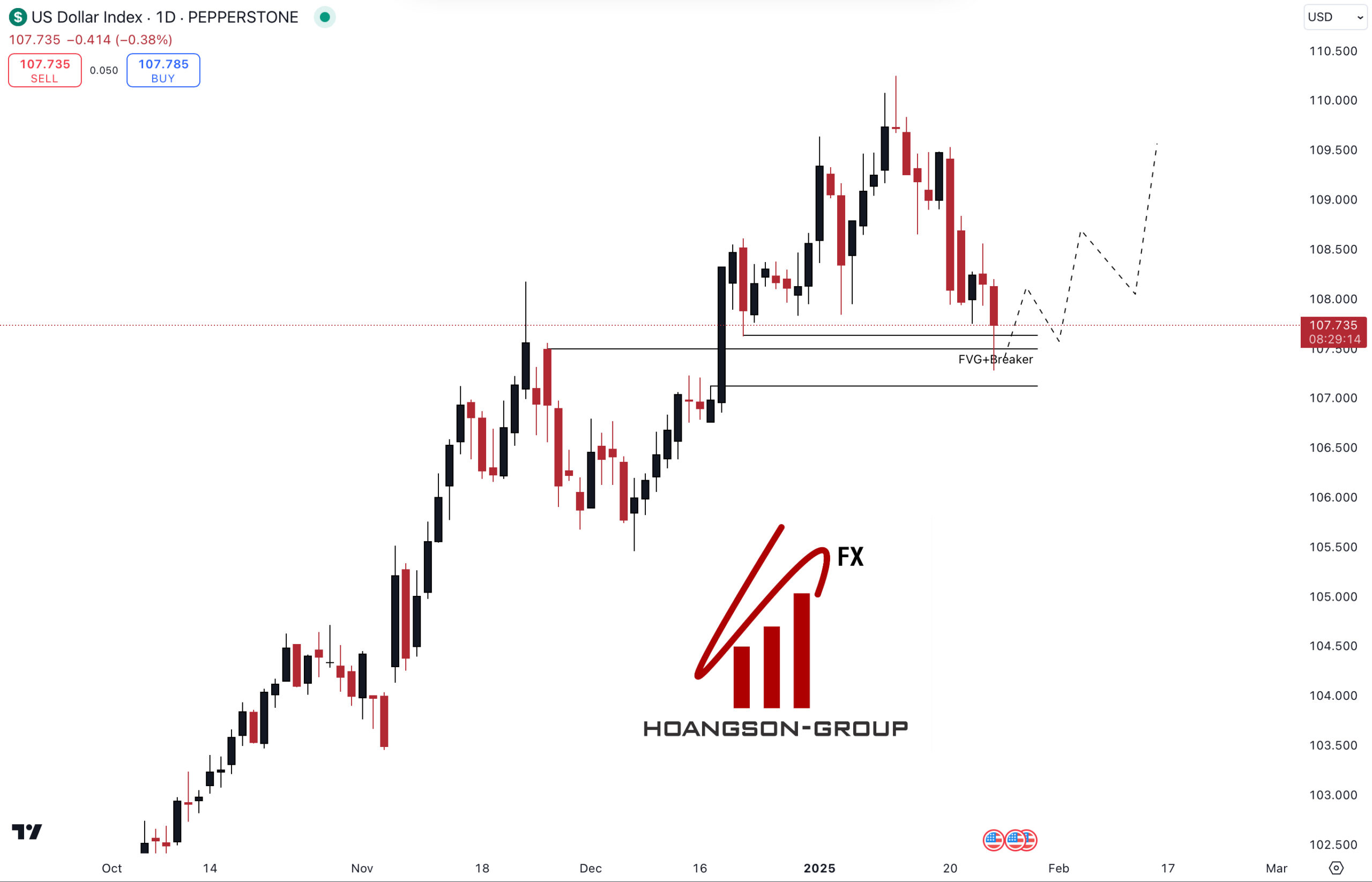Washington, D.C. – The US Dollar is set to close the week with a decline of nearly 2%, facing broad losses against major currencies. Investor sentiment shifted following unexpected remarks from US President Donald Trump, who suggested that proposed tariffs on China might not be implemented. The uncertainty surrounding trade policy contributed to the dollar’s weakness, pushing the US Dollar Index (DXY) below the 107.50 mark on Friday.
Trump’s comments came after a phone conversation with Chinese President Xi Jinping, raising speculation about a potential de-escalation of trade tensions. Meanwhile, the Bank of Japan (BoJ) added pressure on the dollar by raising interest rates by 25 basis points, leading to notable gains for the Japanese Yen (JPY) against the greenback.
On the economic front, Germany’s preliminary Purchasing Managers Index (PMI) readings for January, released by Markit, came in stronger than expected, providing further support for the Euro (EUR) against the US Dollar. Investors are now awaiting the US S&P Global PMI data and the University of Michigan’s final Consumer Sentiment Index reading for January, both due later today.
Technical Outlook: US Dollar Struggles to Recover

The US Dollar Index (DXY) continues to face downward pressure alongside US Treasury yields. While Trump’s softened stance on tariffs has eased immediate market fears, uncertainty remains over potential future trade policies. Analysts warn that should tariffs be imposed later, the dollar could regain strength.
For a recovery, the DXY must first reclaim the key psychological level of 108.00. Further resistance levels are noted at 109.29, a significant high from July 2022, and 110.79, a peak from September 2022. However, unless sentiment shifts, the US Dollar may struggle to reverse its current downward trajectory.

